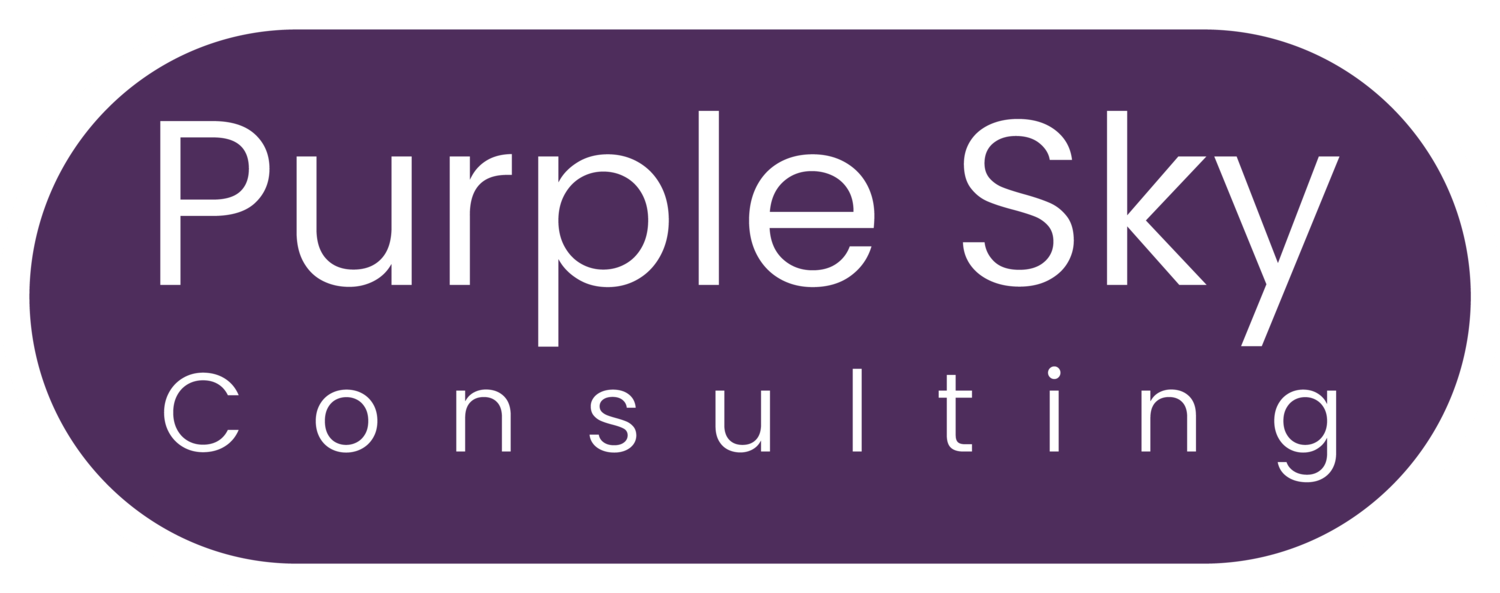Successful Onboarding – Are you getting the basics right?
Did you know that one of the most common reasons candidates reject job offers is also the reason they don't show up on day 1?
The reason: They had a poor candidate experience.
Whether it’s a long interview process, delays, or a lack of communication, this is all leaving an impression.
These issues, as identified by Glassdoor in their article will cause candidates to worry and switch them off.
If you’ve reached the stage of your candidate accepting your offer it’s no time to relax. They may have had a poor recruitment experience, but still accepted the role. Or they may have had a positive one and be excited about it.
Either way to recover from the poor experience or not lose the excitement of the positive one – it’s important to get the onboarding basics right to ensure they show up, excited and happy to be there on Day 1.
Let’s look at why this is important.
Your successful candidate, the person you really want to take on this important new role, might still be in the process with another job (there could even be competition from their current employer for them to stay).
What is likely to happen if:
They have to chase the offer paperwork.
There are errors in the offer paperwork.
They can’t easily contact people to talk about these issues.
You guessed it! If there is another opportunity on the table where these issues are being faced – they are more likely to accept the perceived less risky offer.
This remains a risk for the first few weeks when they start too.
44% of employees say they’ve had regrets or second thoughts about starting their new job within their first week.
On average, companies have 44 days to influence the retention of new hires. You may have less than that though to fix that first impression as 70% of new hires have decided if the job is the right fit within the first month.
So, whilst you may be focused on your first impressions of them, especially if they are on a probationary period the reality is, this is a 2-way street!
23% of new starters have left their new role in the first 12 months, so these new people you are investing in hiring also need to be impressed.
That starts with the basics.
Here are my top tips for getting this right – taken from my Guide to Brilliant Onboarding.
Get the paperwork right, the first time.
This is important for new starters, internal moves, and people returning after periods of absence.
We are all human (unless the latest AI is running your paperwork approach), so if there’s an error – apologise, don’t blame anyone else (including the candidate, even if it is something they’ve input incorrectly), deal with it quickly, and confidently, and demonstrate it’s resolved. This is about demonstrating that the organisation (you) care about them and their experience.
Review your paperwork and processes to make this as smooth as possible. I’d also recommend reviewing the paperwork to sense check it reflects the overall Employee Experience you are aiming for.
If what you’ve created in person or on paper doesn’t match reality or vice versus then this can feel uncomfortable and doesn’t build trust.
Get the important stuff ready for Day 1.
Make sure they have the basic kit they need to start on day one.
Ever started a new job and not been given a key bit of kit on day one? How did that feel?
How does this feel when they knew you were starting 2 or 3 months ago?
It doesn’t make a good first impression. So, when a start date has been identified, make sure to answer and act upon these questions:
What equipment will they need?
What systems will they need access to?
What physical or virtual space do they need access to?
What office or desk equipment do they need?
Anything else they will need from Day 1?
Look at ensuring they have easy access to instructions to navigate new systems or just to get onto their email without needing 3 hours on with IT (as lovely as they might be!).
Is the hiring Leader fully prepared?
As we covered in the last Blog, the Leaders for those starting new roles need to be properly prepared.
That looks like, having clarity about what will help that person to be successful in these early stages of the onboarding experience including keeping regular and valuable contact from the period of offer until they start on day one.
The Leader of this new starter needs to demonstrate they value them, that they care about them being successful, and that they want them to have a brilliant impression. This is about wanting to create a brilliant experience, not ticking off a list of actions as part of a process.
Make a good impression so they don’t go home thinking…” Have I done the right thing joining this organisation!?”
You are investing a lot when you recruit and onboard new people – by thinking about the experience supported by brilliant processes you are helping to protect the investment you have made.




